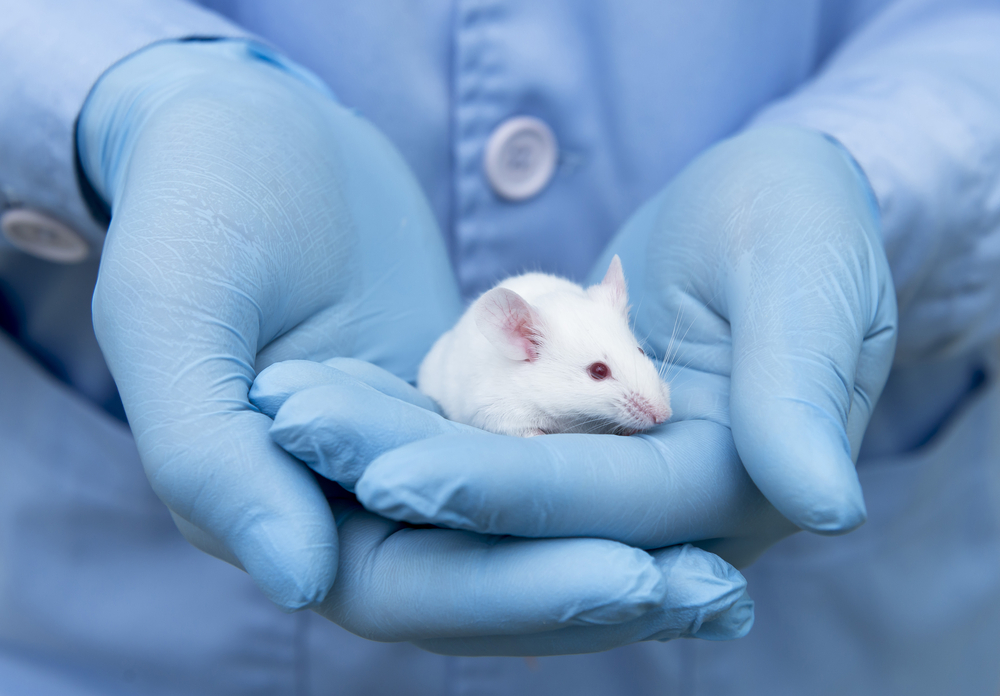Antibody Against Sclerostin Protein Improves Bone Health in Mice with XLH, Study Finds

Treatment with an antibody targeting a protein called sclerostin improved bone mass and strength in a mouse model of X-linked hypophosphatemia (XLH), a study shows.
The study, “Sclerostin antibody treatment increases bone mass and normalizes circulating phosphate levels in growing Hyp mice,” was published in the Journal of Bone and Mineral Research.
XLH is the most common cause of vitamin D-resistant rickets, a condition in children in which there is abnormal softening and weakening of bones. It results from gene mutations that increase the levels of fibroblast growth factor 23 (FGF23), which in turn prevents the reabsorption of phosphate — key for bone formation — in the kidneys. It also reduces phosphate levels and causes increased risk of bone fractures.
Sclerostin is a protein produced mainly by bone cells, or osteocytes, that suppresses bone formation. Its levels are elevated in people with XLH.
Antibodies specifically targeting sclerostin can reduce its amount. This approach has effectively increased bone formation in people with osteoporosis.
Researchers at the Rush University Medical Center, in Chicago, now assessed the effects of anti-sclerostin antibodies on bone mass, phosphate, and FGF23 levels in a mouse model of XLH known as Hyp mice.
Young mice with XLH, as well as control animals, were injected subcutaneously (under the skin) with 25 mg/kg of this antibody twice weekly for 4 weeks.
The results showed that the potential therapy lowered blood levels of FGF23 by approximately 30% and increased the levels of phosphate in both groups of mice. However, the amount of FGF23 was still higher in treated mice with XLH compared with the controls.
Treatment significantly increased bone mass both in mice with XLH and the controls. Yet, it did not increase the length of the femoral bone in the thigh or body weight in either group.
The scientists also assessed the therapy’s effects on the cortical bone, the outer surface of bone that protects the internal bone cavity. Mice with XLH normally show a significantly lower cortical area, decreased cortical thickness, and reduced cortical tissue mineral density. Treatment with the anti-sclerostin antibody improved these measures.
In turn, the antibody also increased trabecular bone volume and trabecular thickness in the mouse model of XLH. The trabecular bone is the porous bone found at the ends of long bones, such as the femur. Mice with XHL typically show a lower trabecular bone volume compared with controls.
The findings further revealed that bone strength, as assessed by peak load, also was increased with treatment in both groups.
Overall, “short term Scl-Ab [sclerostin-antibody] treatment of Hyp mice corrected some of the pathophysiological changes associated with XLH, including dysregulated circulating phosphate and intact FGF23 levels, and abnormally low bone mass,” the researchers said.
“These findings suggest that Scl-Ab may be a viable treatment option for XLH, and provide additional evidence for a potential role of sclerostin in the regulation of FGF23,” they added.






